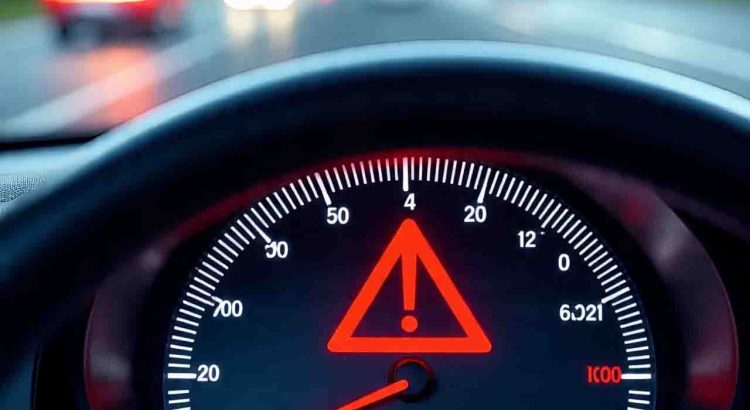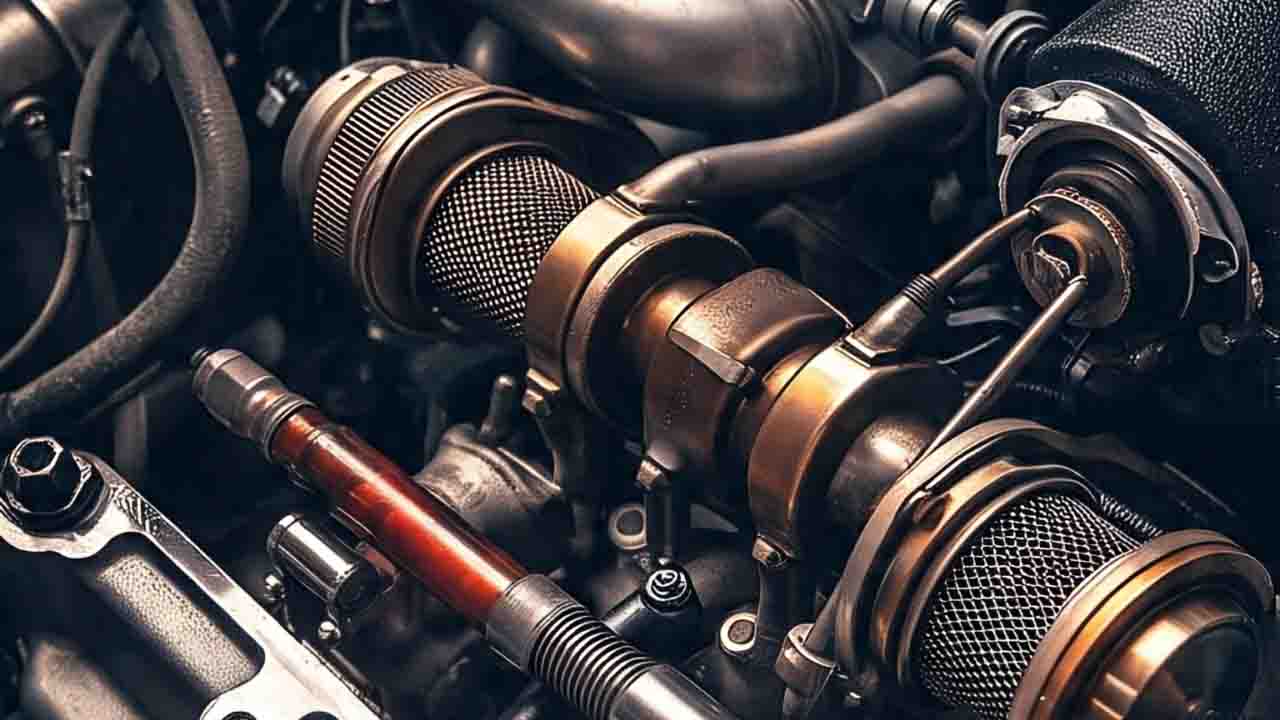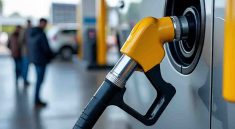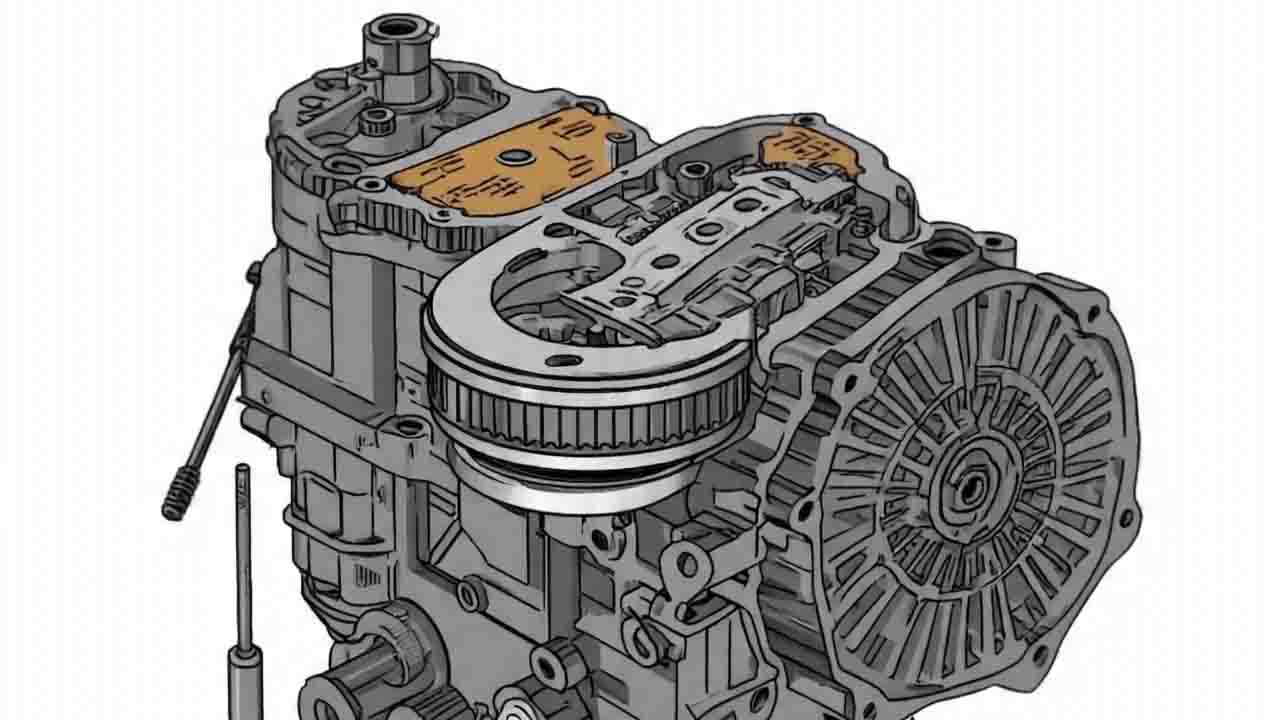Dieselspecialists – Hidden Dangers of High RPM are often underestimated by many drivers who enjoy the thrill of speed. Yet, what feels like extra performance on the road may actually translate into severe mechanical stress inside the engine bay. At high revolutions, pistons move faster and harder within the cylinders, while the crankshaft bears the heavy rotational load of converting that energy into motion. This combination of rapid pressure and friction accelerates wear on both parts. Over time, constant exposure to such conditions can cause microscopic cracks, excessive heat, and eventually catastrophic failures. Mechanics note that once damage reaches the crankshaft or piston assembly, repairs often require an engine overhaul, making it one of the costliest consequences of aggressive driving.
“Honda Bikers Motour Camp 2025: Safety and Brotherhood”
Driving Habits That Put Engines at Risk
Another critical layer of the Hidden Dangers of High RPM comes from the way people use their vehicles daily. Sudden acceleration, towing heavy loads, and long stretches of driving at maximum speed all contribute to unnecessary stress. While manufacturers design engines with safety margins, these are not meant to be tested continuously. Constantly revving at redline weakens piston rings, reduces lubrication efficiency, and puts crankshaft bearings at risk. Automotive experts recommend adopting smoother driving habits, such as gradual acceleration and shifting gears at appropriate RPM levels. This not only preserves the engine but also improves fuel efficiency. It’s a win-win situation: less strain on the car and lower fuel expenses for the driver.
Protecting the Engine’s Heart
The most effective way to avoid the Hidden Dangers of High RPM is to combine cautious driving with consistent maintenance. Regular oil changes with high-quality lubricants ensure that pistons and crankshaft surfaces remain properly protected against friction. Checking coolant systems and keeping radiators clean also helps prevent overheating, a common issue when engines are run too hard. Professional inspections every service cycle can detect early signs of wear before they turn into expensive breakdowns. Beyond technical care, the responsibility lies with drivers to respect the limits of their vehicles. By moderating speed, avoiding unnecessary redline driving, and giving the engine time to rest after heavy use, motorists can extend the life of their car. Ultimately, safeguarding the heart of the engine is not just about avoiding breakdowns it is about ensuring reliability, safety, and long-term performance on the road.
“Global Flint Initiative: Building a Vibrant Future with Immigrant”



